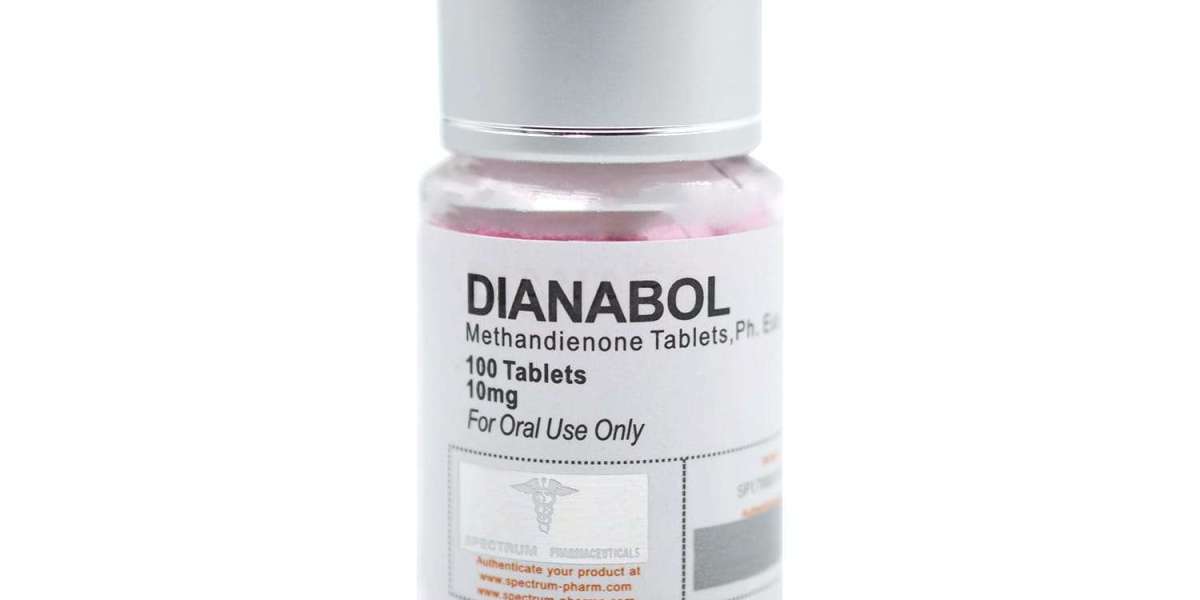Introduction
When it comes to understanding muscle growth, the complexity and precision of our body's cellular mechanisms are nothing short of remarkable. But have you ever wondered exactly how your body builds muscle at the molecular level? The key player in this intricate process is not just the muscle itself but a type of protein known as an androgen receptor. These receptors are crucial for regulating the activity that underpins muscle development and regeneration. By delving into the interaction between these receptors and hormones like steroids, we uncover fascinating insights into how human biology optimizes for strength and recovery. In your journey to optimal physical conditioning, consider visiting anabolic steroids for sale https://misterolympia.shop/ for more insights and resources tailored to maximize your results.
Understanding Androgen Receptors
Androgen receptors (AR) are specialized proteins located within the cells, playing a pivotal role in the cellular mechanisms that drive muscle growth. These receptors bind to androgens, the hormones responsible for the development of male traits and muscle mass. But their influence goes beyond just reacting to these hormones.
- Function and Significance: Androgen receptors are the critical mediators that translate hormonal signals into actionable biological processes within the cell. Their primary job? To activate specific genes that kick-start protein synthesis.
- Response to Steroids: In the context of anabolic steroids, these receptors become even more crucial. Steroids are essentially synthetic forms of testosterone that aim to enhance muscle growth by mimicking the hormone's effects, primarily by targeting and activating AR.
Mechanism of Action in Cells
Understanding how anabolic steroids interact with androgen receptors reveals the sophisticated nature of cellular functioning. Here's what happens:
- Entry and Binding: Anabolic steroids enter the bloodstream, diffusing across cell membranes to finally reach and bind with androgen receptors.
- Formation of a Complex: Upon binding, the steroid and receptor form a new complex that undergoes a transformation, enabling it to move into the cell nucleus.
This process is not merely a random event but a precise and regulated journey that ensures the right genes are activated at the right time.
Regulation of Gene Activity
Once inside the nucleus, the steroid-receptor complex undertakes a crucial role—regulating gene activity. This regulation is fundamental because it directly influences the synthesis of proteins necessary for muscle building.
- Gene Activation: The complex binds to specific sequences in the DNA, called response elements, which control the transcription of genes.
- Enhanced Protein Synthesis: By increasing the rate of gene transcription, the complex leads to higher levels of muscle-specific proteins. This step is essential for muscle fiber growth and repair.
Impact on Muscle Growth and Regeneration
The ultimate impact of enhanced protein synthesis is seen in muscle growth and regeneration. This is where the practical benefits of understanding and manipulating androgen receptor pathways become evident:
- Muscle Hypertrophy: Regular activation of androgen receptors through exercise or steroid use leads to muscle hypertrophy, where muscle fibers enlarge, increasing overall muscle mass.
- Recovery and Repair: Faster protein synthesis not only builds muscle size but also aids in the quicker repair of muscle damage, crucial after intense physical activities.
Conclusion
From the detailed interaction of steroids with cell receptors to the enhanced gene activity in the nucleus, every step in the pathway of androgen receptor activation is a testament to the complexity and efficiency of our cellular machinery. By understanding these processes, scientists and medical professionals can better manage and enhance muscle growth and recovery, ensuring that individuals can achieve their physical peak. Understanding these intricate cellular interactions not only fascinates but also empowers us to make informed decisions about our health and fitness routines.









